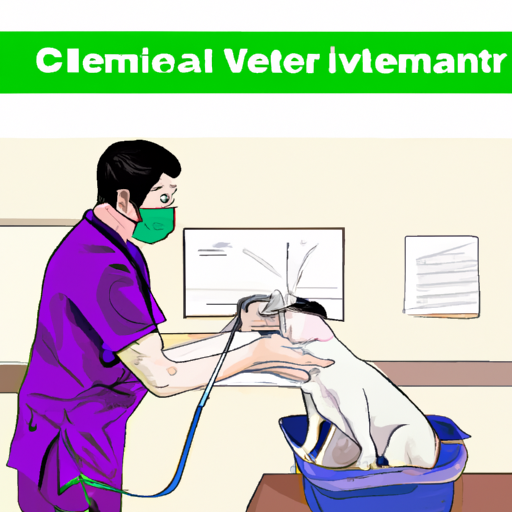Introduction
Dog owners, you’ve likely heard the phrase, “spay and neuter your pets,” on numerous occasions. If you’re considering this operation for your female dog, you might be wondering, “How are dogs spayed?” Sit tight, because we’re about to embark on a journey through the entire process.
What is Spaying?
Spaying is a surgical procedure that removes the ovaries and uterus of a female dog. It’s also known as ovariohysterectomy. This procedure ensures that your dog will not go into heat and cannot get pregnant. It’s a common practice recommended by veterinarians to prevent unwanted litters, control certain behaviors, and decrease the risk of certain health problems.
The Spaying Procedure
The spaying process is quite straightforward, although it requires a high level of surgical dexterity. Here’s what you can expect:
- Pre-surgical Exam: The vet will conduct a thorough examination to ensure your dog is healthy enough for the surgery.
- Anesthesia: Your dog will be put under general anesthesia, ensuring she is unconscious and doesn’t feel any pain during the procedure.
- Surgery: The vet makes an incision just below your dog’s belly button and removes both ovaries along with the uterus.
- Closure: The incision is then closed with stitches.
Post-Operative Care
The first few days after surgery are crucial. As a caregiver, you need to ensure your dog is comfortable and healing properly. Here’s what you should do:
- Limit Physical Activity: Keep your dog calm and avoid any strenuous activities for at least two weeks.
- Prevent Licking or Chewing: Your dog might be tempted to lick or chew at the incision site. Use a protective collar if necessary.
- Monitor the Incision Site: Watch out for any signs of infection such as redness, swelling, or discharge.
- Follow-Up Visits: Make sure to attend all follow-up appointments with your vet.
Potential Risks and Complications
Just like any other surgery, spaying comes with its own set of risks and potential complications. These include:
| Risk | Description |
|---|---|
| Infection | Can occur if the incision site isn’t properly taken care of post-surgery. |
| Bleeding | May happen during or after surgery if there’s a problem with blood clotting. |
| Reaction to Anesthesia | Some dogs may have an adverse reaction to the anesthesia. |
| Post-Surgical Pain | Your dog may experience pain after the surgery. Pain medication can help. |
Frequently Asked Questions
Q: At what age should I spay my dog?
A: It’s generally recommended to spay your dog between four and nine months of age.
Q: How long does the surgery take?
A: The procedure typically lasts between 20 minutes to an hour.
Q: How long is the recovery period?
A: Most dogs fully recover within two weeks.
Q: Can my dog still get cancer if she’s spayed?
A: Spaying greatly reduces the risk of certain types of cancer, but it doesn’t eliminate the risk entirely.
Now you are equipped with the knowledge of how dogs are spayed. Remember, as a caregiver, your role in your dog’s post-operative care is crucial to ensure a successful recovery.



